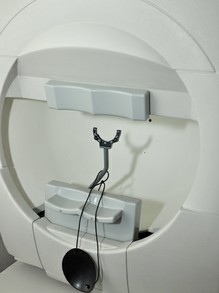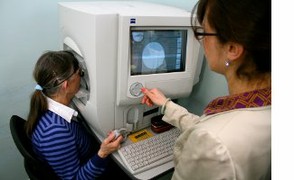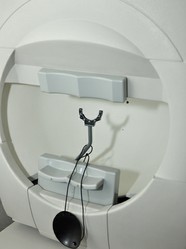Eye doctors make it a point to test peripheral vision during eye exams. People use peripheral vision when they say, "I saw it out of the corner of my eye." Therefore, this type of visual field is tested by holding up fingers to the side of the eye, or by other similar methods.
Visual field testing is done for many reasons. First and foremost is to check for vision problems. Such tests can include screening for blind spots which are indicative of Glaucoma, and in some cases, pituitary tumors. Those who are near sighted, far sighted, or have astigmatism are tested according to their particular visual ailment. Regardless of current eye health, changes can appear at any given time in the future. This is why it is important to keep current with eye exams which include various screenings.






 How The FDA Approves New Medicineson 08/16/2013
How The FDA Approves New Medicineson 08/16/2013
 10 Tax Mistakes Business Owners Makeon 08/05/2013
10 Tax Mistakes Business Owners Makeon 08/05/2013
 Accessories For Traveling With Jeweleryon 02/12/2013
Accessories For Traveling With Jeweleryon 02/12/2013
 Stages of the Sleep Cycleon 09/23/2012
Stages of the Sleep Cycleon 09/23/2012


Comments
Interesting. I learned a few things. Thank you!